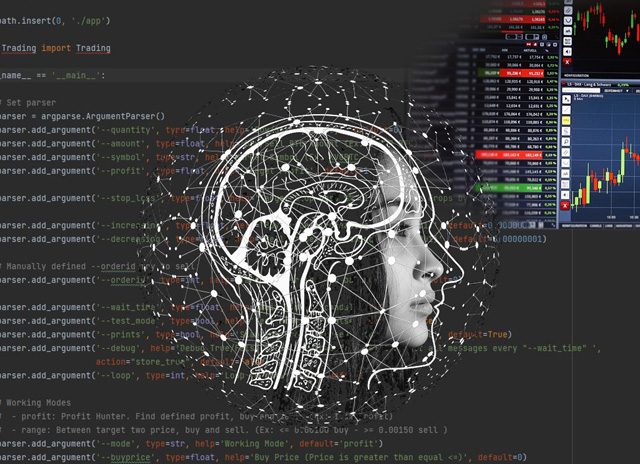I have decided to try myself in building automatic algorithms for trading. This is probably going to be a long an interesting journey. Nevertheless, since I am not very experienced in programming and data science, there is a great chance I will encounter many obstacles, failed attempts and probably frustration. Eventually, I hope to get some positive results which I will gladly share with you, my dear readers.
When I explain something to my students I have a tendency to do it as if there was an absolute beginner in front of me. I do it because that is how I would want to be taught if I were to ask for help in some class or a new project. If you feel that I am explaining the obvious then feel free to skip a page or two. Having said that, in this specific tutorial, I would assume some basic pre-existing knowledge in math, finance and capital markets.
First steps
So… where should you begin when you are seeking to build an algorithm which can automatically receive trading data, analyze it, and then execute trades based on some logic that we can teach it?
I was asking this question myself. It was obvious to me that whenever you try to automatize a digital process, you would require programming skills. Since I was doing finance all my life, my programming skills were very basic – I learned C in college and SQL while working as a consultant (had to learn SQL, since I was working with large databases that stored some financial data). I did not practice building complex sophisticated programs, at least not enough to be a called a programmer. No matter how skeptical I was about this endeavor, the zeal for building an algo (short for algorithm) was much greater. So, I took the first step and decided to check which programming language was most suitable for this job.
Python – best for algorithmic trading!
All I had to do is to Google a little and watch several tutorials on YouTube to figure that Python was what I needed. I was happy to find out that it was an extremely simple programming language (I guess this is one of the reasons for its popularity) – simple in understanding, but not in its capabilities! You can do pretty much anything with it, but most importantly it is the best choice for algorithmic trading.
I wanted to get some basic knowledge in Python before jumping to building algos, so I took several courses. I started with several free courses and progressed to some paid content afterwards. You don’t really have to pay for advanced studies, unless you really want to and perhaps plan to become a python programmer in the future. However, for the purpose of building a basic algo, the free courses on YouTube would meet your needs. I want to mention several of them:
“Python Tutorial – Python for Beginners [Full Course]” by Mosh Hamedani @ Programming with Mosh
Mosh is an excellent teacher. He is one of those that make you fall in love with a subject. I wish all teachers were like Mosh. I highly recommend watching his videos.“Python Tutorial for Beginners | Python Programming Language Tutorial | Python Training | Edureka” @ edureka!
Excellent course. Definitely has great added value to what Mosh offers. In this course, there are many useful examples and clear summary of concepts. Very recommended!“Algorithmic Trading Using Python – Full Course” by Nick McCullum @ freeCodeCamp.org
Excellent course, very concise, though he skips some points and absolute beginners may need help in closing the gaps. However, once you get through the basics, you would appreciate Nick’s straight to the point approach.
What’s next?
If you are already familiar with Python, you can skip to the next step. If you are a beginner like I was (before watching these videos), then you should complete at least one course of Python before advancing to the next step – Installing dependencies

